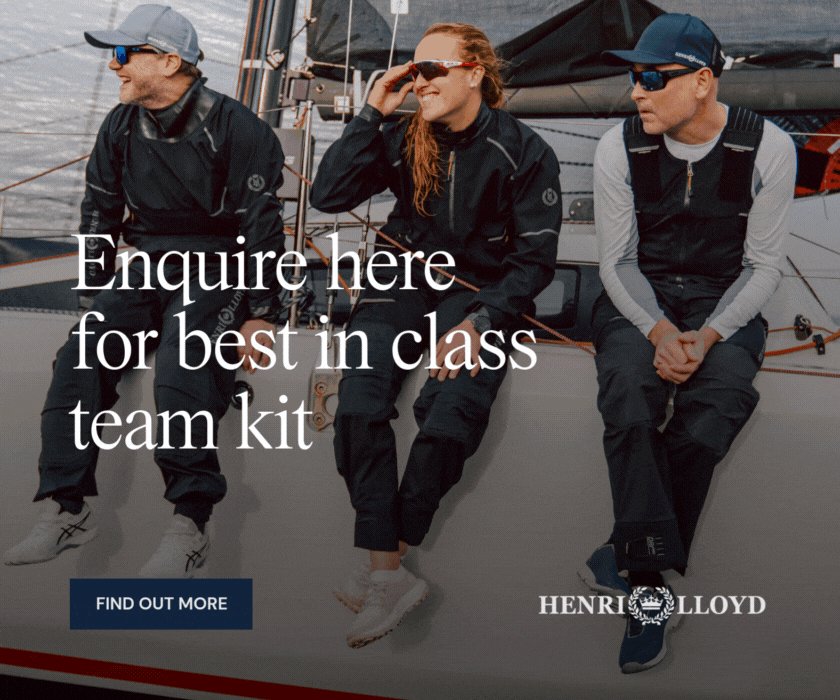

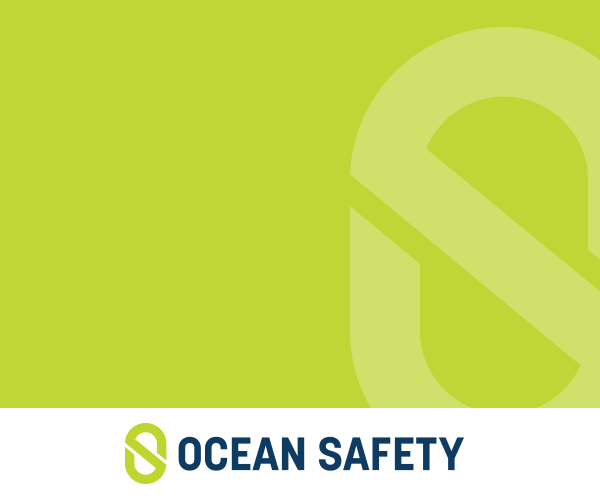

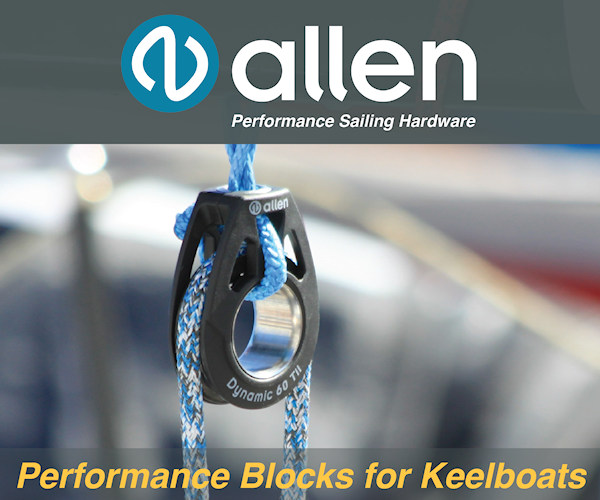







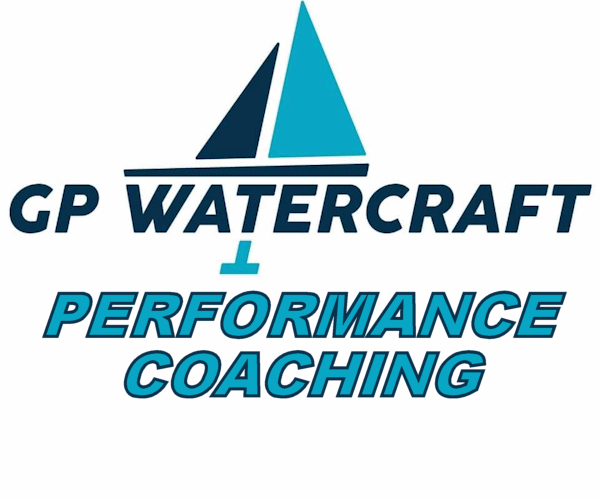
Boats for sale
| Laser 161752 Tynemouth |
 |
| Laser 140101 Tynemouth |
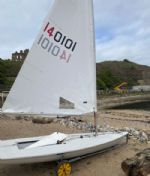 |
| Laser 28 - Excellent example of this great design Hamble le rice |
 |
List classes of boat for sale |
The Fuller Number |
Post Reply 
|
Page <1 7891011> |
| Author | ||
Jon Meadowcroft 
Groupie 
Joined: 26 Aug 08 Location: United Kingdom Online Status: Offline Posts: 64 |
 Post Options Post Options
 Quote Quote  Reply Reply
 Topic: The Fuller Number Topic: The Fuller NumberPosted: 24 Apr 14 at 10:42pm |
|
|
I expect the Aero to weigh no more than 45kg if the hull is 30kg. The rig and foils on an N12 are bigger and weigh less than 15kg...
|
||
 |
||
Jon Meadowcroft 
Groupie 
Joined: 26 Aug 08 Location: United Kingdom Online Status: Offline Posts: 64 |
 Post Options Post Options
 Quote Quote  Reply Reply
 Posted: 24 Apr 14 at 10:59pm Posted: 24 Apr 14 at 10:59pm |
|
|
When I did a sum I put the N12 area at 10.5m but notice the website FAQ says 11m. The basic triangles are 8.4m and I don't see how you get an extra 2.6m, but maybe it is as much as that.
It seems that the 0.5m is worth 20 points in the calculation and would change it to 1105 with 11m of area for a 115kg (very light) crew weight compared to 1068 per the PN. Without a doubt 1105 is a very fair number for an N12 of a certain age, so I guess that the issue is that design refinement over the generations means that the formulae for newer boats should be discounted. It is also interesting to see that a 5kg weight reduction seems to be only worth 5 points on the calc. Nonetheless I think the formula is a great way to give (or test) a new number to a new boat arriving on the scene as it gives it a point of reference which helps give it a degree of credibility. It is the person driving who makes the most difference and then the amount of practice that they do. |
||
 |
||
Ruscoe 
Really should get out more 
Joined: 12 Jan 10 Online Status: Offline Posts: 1514 |
 Post Options Post Options
 Quote Quote  Reply Reply
 Posted: 24 Apr 14 at 11:20pm Posted: 24 Apr 14 at 11:20pm |
|
|
I think Jon. that jim explained that earlier on in this thread. Water line length in essence is much more a deciding factor in boat speed than overall weight. Although i am sure he will correct me if i am wrong. In simple terms i agree with him, having raced friends in exactly similar boats (lasers) where i have had over 5kg in weight penalty in all wind conditions the difference in speed is largely immaterial. Sure in the grand scheme of things, and everything else being equal i would expect someone 5-10kg lighter than me to be faster but i dont think the difference would be as great as you would expect.
|
||
|
|
||
 |
||
Jon Meadowcroft 
Groupie 
Joined: 26 Aug 08 Location: United Kingdom Online Status: Offline Posts: 64 |
 Post Options Post Options
 Quote Quote  Reply Reply
 Posted: 24 Apr 14 at 11:38pm Posted: 24 Apr 14 at 11:38pm |
|
|
i think that 5kg out of the boat weight is much more significant than 5kg out of either the crew weight or the all up weight. Dynamic weight is much more less of a penalty than weight that cannot be moved around the boat. When we reduced all up weight in the N12 by 10kg in two 5kg instalments 20 years ago (sailor weights did not change) the difference was pretty impressive. 5 points is essentially a bad tack and then having to sail in bad air.
Given the primacy of length - which I agree with - why is a 12ft boat so competitive compared to a 13ft Lark with more sails (although much heavier)? I suppose that it probably comes down to underwater shapes, foil choices and the greater opportunity to optimise sail shapes due to better rig control. It also fails to recognise building techniques which I understand to be part of the speed increase seen in the Phantom and the Solo where modern boats are so much stiffer. |
||
 |
||
Ruscoe 
Really should get out more 
Joined: 12 Jan 10 Online Status: Offline Posts: 1514 |
 Post Options Post Options
 Quote Quote  Reply Reply
 Posted: 25 Apr 14 at 7:54am Posted: 25 Apr 14 at 7:54am |
|
|
It's much more than that. A N12 is a refined beast, sail development, fail development, removal of bilges and keel bands, stiffer hull materials. All of which in my opinion are more important than all up weight. In fact the limiting factor for a 12 is it's length!
I would like to see the science behind 5 kg being more than 5 points as you say, I suspect it would surprise you. Look at the blaze vs the Finn only 21 points (iirc) between them but 35kg in hull weight which actually I suspect to be greater now as I think blazes are lighter. Or maybe an albacore vs a n12
|
||
|
|
||
 |
||
blaze720 
Really should get out more 
Joined: 28 Sep 05 Location: United Kingdom Online Status: Offline Posts: 1635 |
 Post Options Post Options
 Quote Quote  Reply Reply
 Posted: 25 Apr 14 at 8:46am Posted: 25 Apr 14 at 8:46am |
|
|
Hull forms that plane earlier and longer have a great advantage ... once planing it matters much less what length the hull. A light 13ft boat planing v a 15ft 'traditional' boat stuck in displacement ? Pretty obvious .. Sure when both are in displacement length can be very useful ... but modern boats or ones designed or upgraded to plane early are much more common now.
When both are planing it is a slightly different case but as was particularly obvious with boards when 'fullers roamed the earth' in pre-history waggling a long hull around with a (now un-needed) load of it in the air is simply not fast. A part parallel can be seen with the foiling 600 v Int Moth ... now which is faster ? The assumption that 'more sail' = 'faster' is not always correct either and so on. This debate will run and run as it is great forum fodder ... there are hundreds of factors that can be important on occasion and in certain conditons. Development classes very reason to live is that 'rules' can in practical terms only 'fix' some variables and inventive developers will always strive to 'better' them. Want 'fairer' handicap numbers ? Well my bet is that future handicap approaches likely to be credible will still remain 'wet' results based approaches as they are very 'doable' and avoid the complexity and limitations of boat based formulas. The only question will be on what basis or samples in the future. All want numbers that 'capture' the potential of the craft and not much else. Now do we mean recent class examples with good crews or not ? Formulas that have ambitions to handicap everything under the sun 'fairly' will have to and inevitably become more and more complex ... how many 'exceptions' are out there ? (A. Well quite a few really - ask on this forum for a start !) . 'Lead into gold' ...not totally impossible perhaps but as likely to drive the 'chemists' round the bend on the way there as well.  Mike L. |
||
 |
||
Rupert 
Really should get out more 
Joined: 11 Aug 04 Location: Whitefriars sc Online Status: Offline Posts: 8956 |
 Post Options Post Options
 Quote Quote  Reply Reply
 Posted: 25 Apr 14 at 10:27am Posted: 25 Apr 14 at 10:27am |
|
|
Round a course, in an average of all weathers and points of sailing, length is still, and in dinghy sailing always will be, a massive factor. A Cherub has to be a fine example of this. Blisteringly fast in the right direction and conditions, yet has a yardstick slower than an Alto, a far less extreme boat. But a longer one.
The windsurfing comparison is flawed - they won't be out there in non-planing conditions. |
||
|
Firefly 2324, Puffin 229, Minisail 3446 Mirror 70686
|
||
 |
||
2547 
Really should get out more 
Joined: 11 Aug 11 Online Status: Offline Posts: 1151 |
 Post Options Post Options
 Quote Quote  Reply Reply
 Posted: 25 Apr 14 at 10:43am Posted: 25 Apr 14 at 10:43am |
|
|
The N12 being so developed will be an outlier in this analysis ...
|
||
 |
||
Punky 
Groupie 
Joined: 11 Feb 14 Online Status: Offline Posts: 90 |
 Post Options Post Options
 Quote Quote  Reply Reply
 Posted: 25 Apr 14 at 10:52am Posted: 25 Apr 14 at 10:52am |
|
|
If the Aero does weigh 45kg then the prediction drops to 1045 (or 1035).
Using a slightly different set of coefficients for two man two-sail boats:
Fuller = 1600 - 105L - 31SA +1.02Weight
You get this. There is not much of a data set for this type of boat, and the RYA PY has moved around a lot for them in the last 30 years (max and min real PYs shown in the chart). None the less, the fit is reasonable.
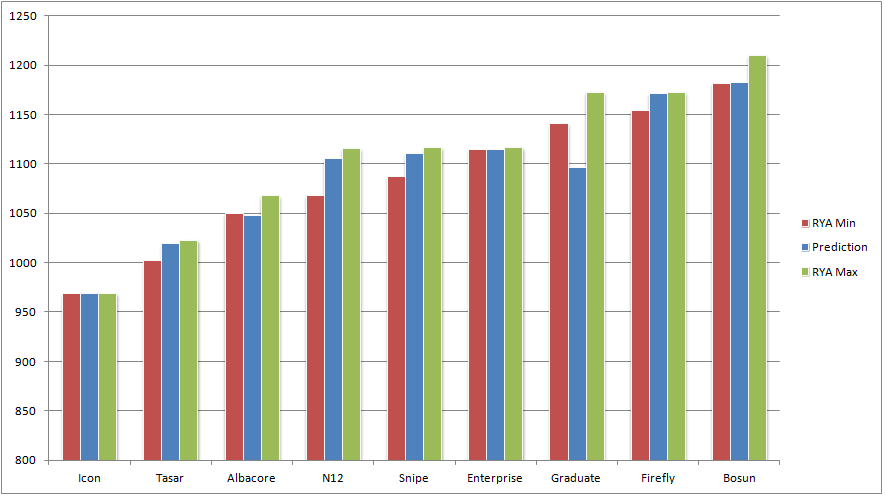 I have just finished reading a book by a man called Nate Silver, basically he is a professional gambler. He is so good at forecasting that Time rated him one of the 100 most influential people in the world. It struck me that PYs are actually a forecast of future performance, based on previous performance. That is a bit like forecating the weather this summer based on the weather over the last 5 summers. It is a good start, but isn't the complete picture.
When making a forecast you should use as many sources of info as possible. Previous performance is a big part of that, but that only looks at achieved performance not potential. Are sailors in different fleets at the same standard, are the boats in different fleets equally well maintained? What about classes dropping minimum weight or increasing kite size - should it be necessary to wait 3 years for the effect to filter through, or is it possible to make an objective prediction that that change has?
Why not supplement the existing PY scheme with additional sources of knowledge? Edited by Punky - 25 Apr 14 at 2:04pm |
||
 |
||
iGRF 
Really should get out more 
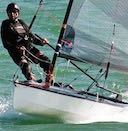
Joined: 07 Mar 11 Location: Hythe Online Status: Offline Posts: 6499 |
 Post Options Post Options
 Quote Quote  Reply Reply
 Posted: 25 Apr 14 at 10:55am Posted: 25 Apr 14 at 10:55am |
|
|
||
 |
||
Post Reply 
|
Page <1 7891011> |
| Forum Jump | Forum Permissions  You cannot post new topics in this forum You cannot reply to topics in this forum You cannot delete your posts in this forum You cannot edit your posts in this forum You cannot create polls in this forum You cannot vote in polls in this forum |
Bulletin Board Software by Web Wiz Forums® version 9.665y
Copyright ©2001-2010 Web Wiz
Change your personal settings, or read our privacy policy
Copyright ©2001-2010 Web Wiz
Change your personal settings, or read our privacy policy











 Printable Version
Printable Version Delicious
Delicious Digg
Digg Facebook
Facebook Furl
Furl Google
Google MySpace
MySpace Newsvine
Newsvine reddit
reddit StumbleUpon
StumbleUpon Twitter
Twitter Windows Live
Windows Live Yahoo Bookmarks
Yahoo Bookmarks Topic Options
Topic Options